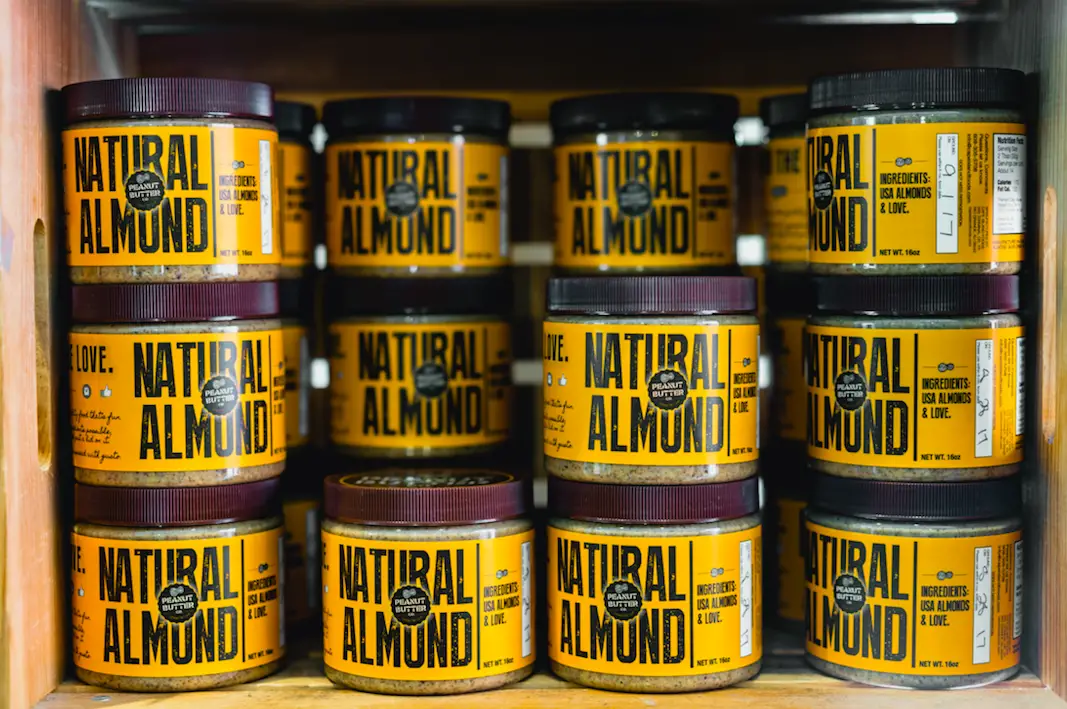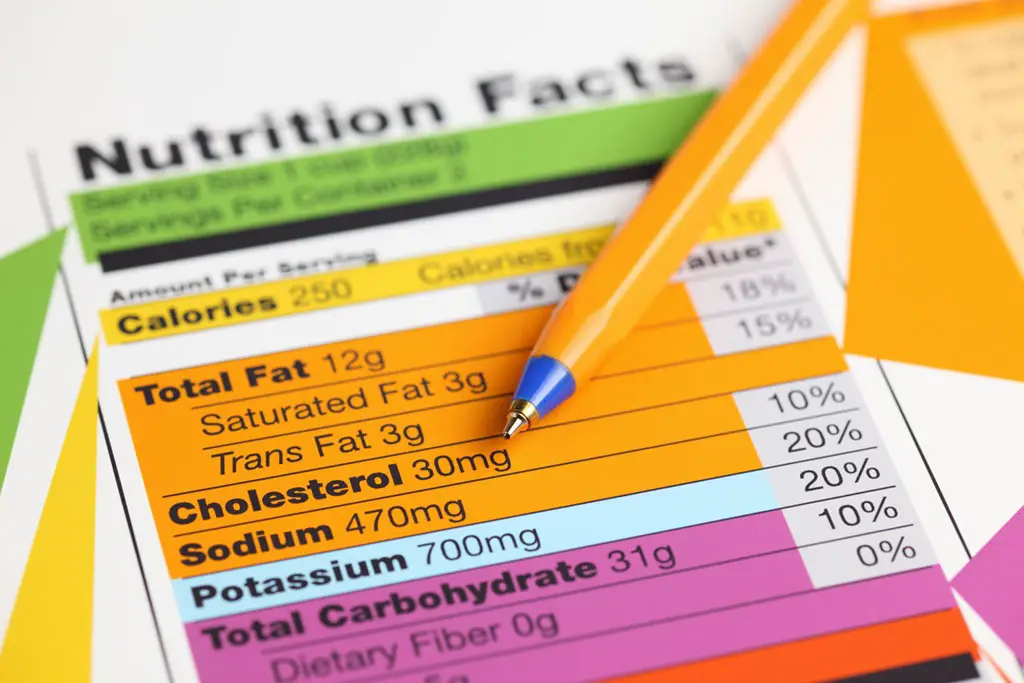As companies strategize ways to sell their product to consumers, the harsh truth is that not every one of them will keep your best interests in mind. Many will search for phrases with positive connotations to put on their item to ensure maximum sales and draw in more customers.
However, these misleading food labels just create incorrect information about the snack. Not many college students have money to waste, so it is important to know exactly what you are buying. Here is a guide to understanding what these six misleading labels actually mean.

All Natural
Businesses know that many people will make the mistake of assuming an item categorized to be “natural” is healthy and result in customers reaching for that specifically-labeled snack more than the regular version.
In fact, researchers at Ohio University’s Food Science and Technology Department presented 120 participants between the ages of 18 to 65 two situations involving the same peanut butter product advertised two contrasting ways.
The analysts first asked each person which brand they would buy, the one posing to be “natural” or the regular version. Because of their assumption of what “natural” means, most of the partakers indicated they would buy the one labeled as such.
In the second scenario, a cashier told the consumers that one of the peanut butter jars was “all natural,” and researchers reveal that consumers were willing to spend more on the product even though they were the exact same thing.
The truth is that “natural” does not have a formal meaning; even the FDA hasn’t decided how best to define the term. Companies frequently use misleading food labels to make their item sound better than it actually is, and they can easily load pack the product with ingredients like sugar.
However, because sugar comes from a plant, “natural” can still be slapped onto the front. “Natural” doesn’t guarantee you anything except less money in your own pocket.
No Cholesterol
Like the previous stamp, this misleading food label may motivate shoppers to buy a commodity with the “no cholesterol” logo even though there might be a price increase.
Cholesterol is a fat-like substance found only in animal-based products. This means foods containing ingredients such as dairy, meat or eggs will have cholesterol, but plant-based items will not.
Most of the time, when food is tagged as “no cholesterol,” it truly means there was never cholesterol in the first place; marketers will use a non-existent problem to play on the little knowledge customers have about their foods to charge people more than what the item is truly worth.
Non-GMO
This mark usually indicates that the ingredients of the product do not come from animals, plants or other organisms who have experienced an unnatural change in their DNA composition.
To be legitimately considered non-GMO, the merchandise has to come with a certified label from the Non-GMO Project, a non-profit organization that works to build and protect the non-GMO supply through the education of consumers and verification of non-GMO brands.
Without certification, a consumer can never be 100 percent sure if their food really is non-GMO. As you probably know by now, corporations will say anything to sell their item, so false advertisement is a possibility.
Before you decide to buy food because it is non-GMO, make sure the claim is actually backed up with confirmation from the Non-GMO Project.
Sugar-Free
The sugar-free logo usually means the snack is not loaded with regular sugar, except for the ones that can naturally occur in fruits and juices.
However, this misleading food label is used to by brands to reel in potential buyers by making their processed creations sound much healthier than it actually is.
Even though the idea of something being completely free of sugar automatically makes the meal sound like a better alternative, businesses don’t want to make a food product that doesn’t taste good, so artificial sweeteners can be secretly added in as a replacement.
Those additional sweeteners are not a good thing to put into your system because they can encourage overeating, and no one wants to make the freshman 15 a reality.

Made with Whole Grain
A grain product is any food like pasta, bread or oatmeal that are made from rice, oats, barley or another cereal grain.
These are divided into two categories: whole grain, which is unprocessed and contains every part of the grain, and the refined grain, which has been processed to remove certain parts of the kernel.
This misleading food label usually implies a product is made entirely with whole grain, but hopefully, you are catching on and are realizing that this is not true.
Companies are not forced to achieve a certain minimum to use this marker and the FDA doesn’t require them to reveal how much whole grain is used in the item.
Therefore, foods may be mixed with refined grain with a tiny hint of whole grain. Because it is technically made with a small amount of whole grain, corporations have no problem using the description.
Fat-Free
Similar to the “sugar-free” tag, when something is taken out, an artificial ingredient is added in to ensure that the food still tastes good. Manufactures load their “fat-free” products with a lot of sugar in order to guarantee the snack will still sell.
So, foods containing this label may still have the same calorie amount as the regular version. Like the “sugar-free” advertisement, shoppers run the risk of overeating “fat-free” brands. In fact, a study conducted by Cornell University discovered that people ate 50 percent more of an item claiming to be “low-fat” or “fat-free.”
You don’t have to do anything complicated to make sure that you are getting your money’s worth. When choosing which foods to buy, it is important to read the ingredients to make sure the claim is actually accurate and compare the ingredients lists between the regular version and the version claiming to be better. You want to make sure you are not being overcharged.
Another way to avoid being tricked by these labels is to shop at local farmer’s markets whenever you can so that you know exactly what you are purchasing. Don’t wait for someone else to figure this out for you. Do your own research and make sure you are not just blindly following what a brand tells you.
















